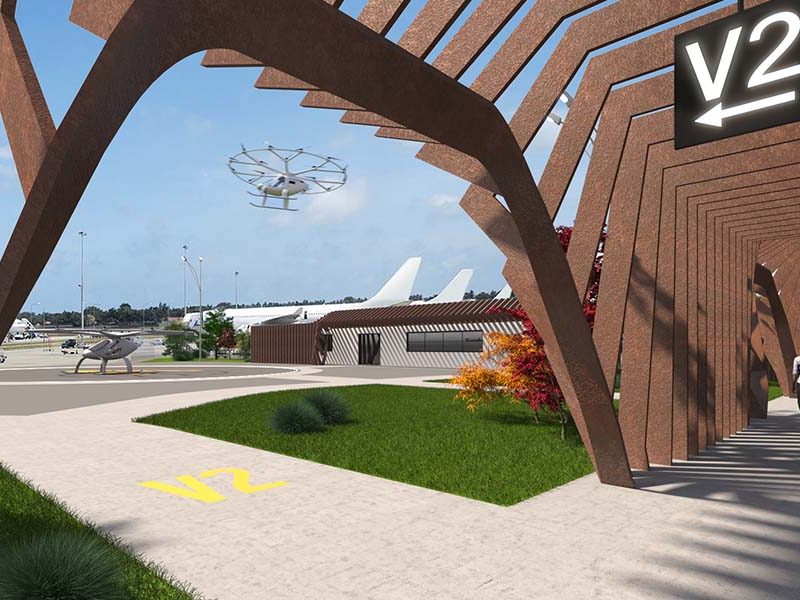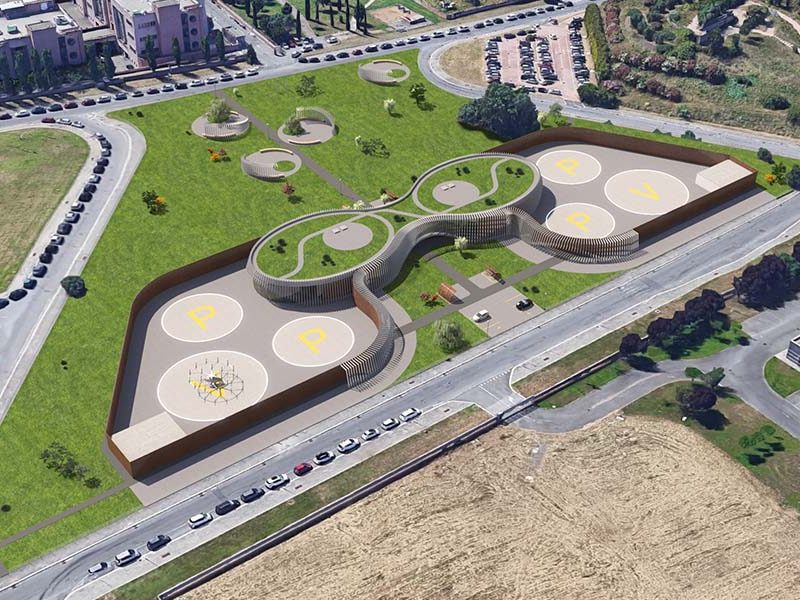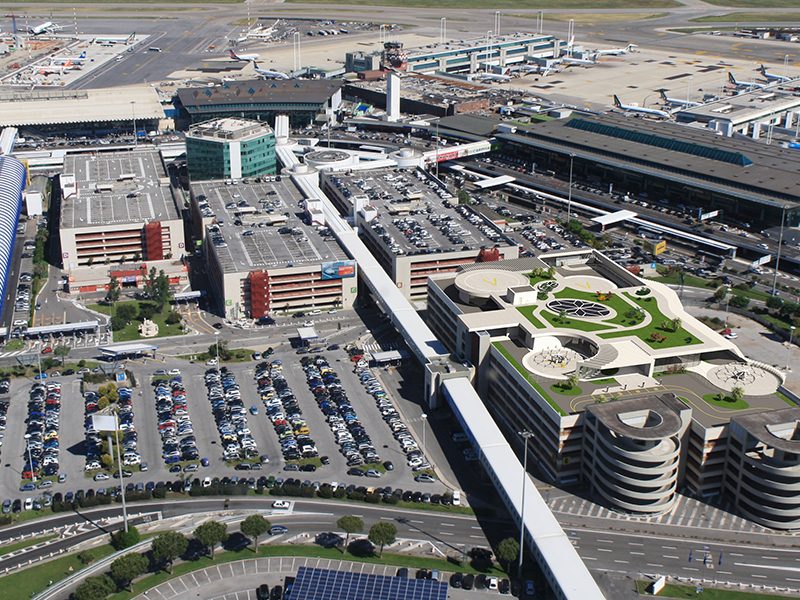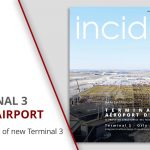As part of the framework agreement for engineering services and airport planning support with Aeroporti di Roma SpA, Incide Engineering has developed some architectural concepts and the related economic estimates for the integration of the vertiports at the Rome Fiumicino and Rome airport Ciampino, adapting the surrounding infrastructures.
The use of drones for the transport of passengers and goods, in fact, will become more and more frequent in the coming years. ADR has also provided for the construction of a network between connecting nodes to connect the airports with the Eternal City with the innovative urban air transport system.
What has been developed in the artistic concept is the first step towards the drafting of future projects that will involve all interested public and private stakeholders, necessary for the creation of the sustainable network.
ADR has also recently set up the new “Urban Blue” company, which aims to promote sustainable mobility through the planning, design, construction and operation of vertiports. The Company also converges equity interests in Venice, Bologna and Nice airports to ensure the development of urban air mobility infrastructures also in the European and international panorama.
For Rome, the ambitious project concerns a new type of public transport and goods by means of new electrically powered aircraft, “VTOL“, which intends to connect the cornerstones of mobility in the city context of Rome. The vehicles currently under study are made by the German company Volocopter in two main models with electric traction and zero emissions: the first, the VoloCity, an urban taxi for the transport of up to two people with a range of 35 km, and the second, Flight Drone, for the transport of goods up to a maximum of 200 kg, with autonomy up to 65 km.
The project is in the testing and verification phase, as the aircraft are currently in the certification and testing phase, especially with regard to public passenger transport. Furthermore, the technical regulatory body and the reference standards for the regulation of these aircraft, similar to an helicopter but in reality real electrically powered drones, are currently being studied.
The technical analysis and design for an infrastructure supporting the ambitious “Urban Mobility” system is now in the technical-economic feasibility phase, as the subsequent steps are closely related to the definition of a dedicated legislation and the certifications of aircraft themselves for the qualification to transport goods and people in flight. The other important aspect that will determine all the hypotheses currently in progress is that linked to the scenarios of use, to the demand from the market, which will confirm or not the different considerations on passenger flows, thus starting to determine the infrastructural choices. necessary. Right from the start it became clear that it is necessary to design a nodal connection network consisting of elements that are as modular as possible, which guarantee high flexibility in terms of use and management of flows and maintain sustainable development costs, also marrying with the aspects environmental and eco-sustainability.
The constant comparison with ADR served to determine the key points in the city of Rome, that is, the nodes that would be favored by a fast and light transport system, such as Ciampino and Fiumicino airports. According to the constraints of autonomy of the means, to the spaces available in the city and to the areas defined as “strategic”, these key points have been hypothesized which will determine a real network interconnected with the urban transport infrastructure, even if the initial launch idea of the system will be purely for a medium-high market target.
The support infrastructure can be divided into three macro destinations of use: the connecting stations with the Ciampino and Fiumicino airports, the Cargo and Maintenance hangars and the Urban modules for urban transport. The stylistic imprint proposed so far is characterized by a clearly distinguishable and recognizable architecture with a futuristic and hi-tech style for public transport connected to the airports, more technical for the strategic support infrastructure and decidedly modular for the part of Urban mobility.
The latter has the appearance of a real cell that is easily identifiable and easily integrated with the complex and dense Roman urban fabric, which acts as a departure/arrival station and recharging station for vehicles. The terminals will be an example of technology and innovation for the city of Rome itself, designed as a flexible and modular solution, with as many departure/arrival or vehicle parking areas as a function of the expected traffic in the area.
The project determines an important turning point for the mobility of the city Rome, which has always been recognized as one of the most significant challenges of the capital, obviating the daily traffic congestion also due to the lack of metropolitan transport system. Furthermore, it determines new horizons towards the near future, in which technology prevails and transport becomes fast, automated and customized. Rome projects itself into this scenario by proposing itself as a capital not only at the national level, but as a global emblem of sustainable development.
For more information or to tell us about your project, contact us here:
















